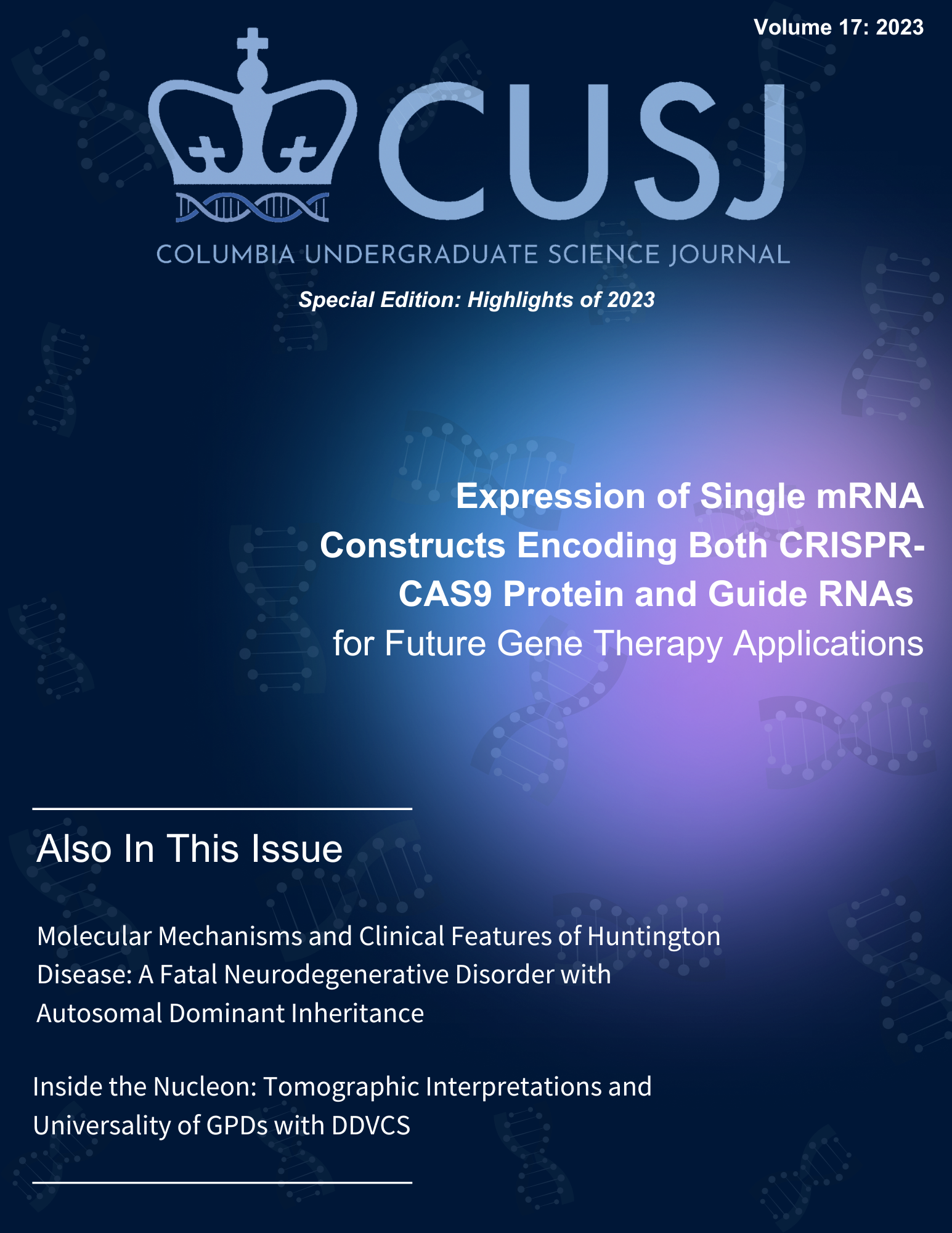Abstract
Huntington disease (HD) is a fatal genetic disorder that affects the movement and cognition of affected individuals. It is inherited in an autosomal dominant manner, meaning that each child of a parent with HD has a 50% chance of inheriting the mutated gene. The mutation involves an expansion of a trinucleotide repeat (CAG) in the HD gene, which is located on the short arm of chromosome 4p16.3. The HD gene encodes a protein called huntingtin, which has an unknown function. The number of CAG repeats determines the severity and onset of the disease. Normal individuals have 26 or fewer repeats, while HD patients have 40 or more repeats. Individuals with 27 to 35 repeats do not develop HD, but they can pass on the mutation to their offspring, especially if the mutation is inherited from the father. Individuals with 36 to 39 repeats may or may not develop HD, depending on other factors. The more CAG repeats, the earlier the symptoms appear. HD is the most extensively studied neurodegenerative disorder with a genetic cause. There are genetic tests available to diagnose HD and to predict the risk of developing HD in asymptomatic individuals. There are also prenatal and preimplantation tests to prevent the transmission of HD to the next generation. HD is characterized by involuntary movements called chorea, which affect all muscles and impair all psychomotor functions. HD patients also suffer from cognitive decline and psychiatric symptoms, such as mood disorders and social changes. These symptoms are chronic and progressive, leading to complete dependence and death. Chorea can also be caused by other conditions, such as metabolic disorders or drug-induced side effects. Neuroimaging techniques, such as MR imaging, fluorodeoxyglucose positron emission tomography (FDG-PET), MR spectroscopy, and diffusion tensor imaging, can help to diagnose HD and monitor its progression. The pathophysiology of HD involves the loss of neurons and the dysfunction of neurotransmitter systems, especially the dopaminergic system. There is no cure for HD, but there are treatments to manage the symptoms and to improve the quality of life of HD patients. These include pharmacological interventions, such as dopamine receptor antagonists or depleters, and non-pharmacological interventions, such as psychological and social support. HD is a devastating disease that poses many challenges for patients, families, and healthcare providers. There is hope that gene-targeted therapies will be developed in the near future to stop or slow down the disease process.

This work is licensed under a Creative Commons Attribution 4.0 International License.
Copyright (c) 2024 Neelabh Datta

